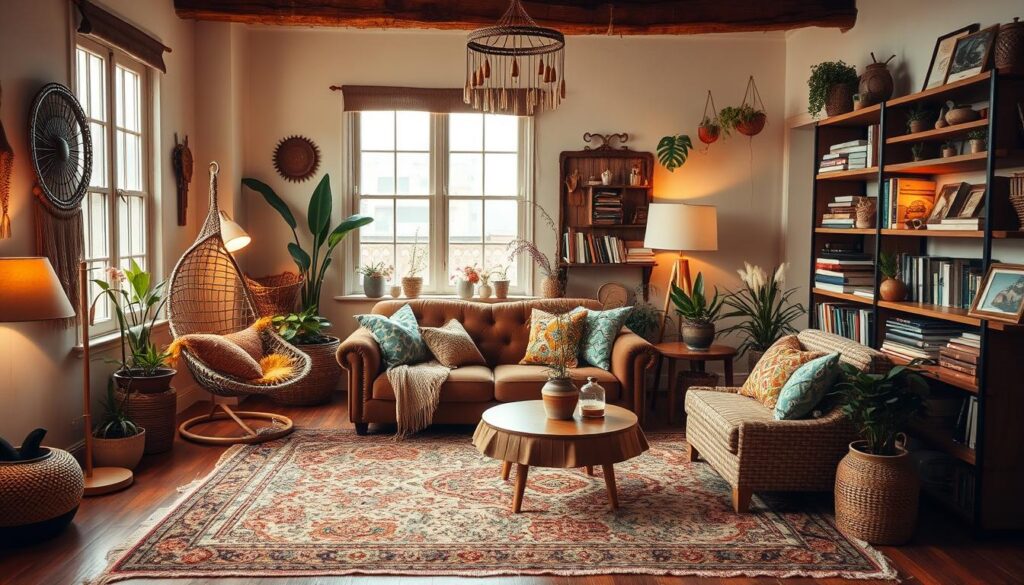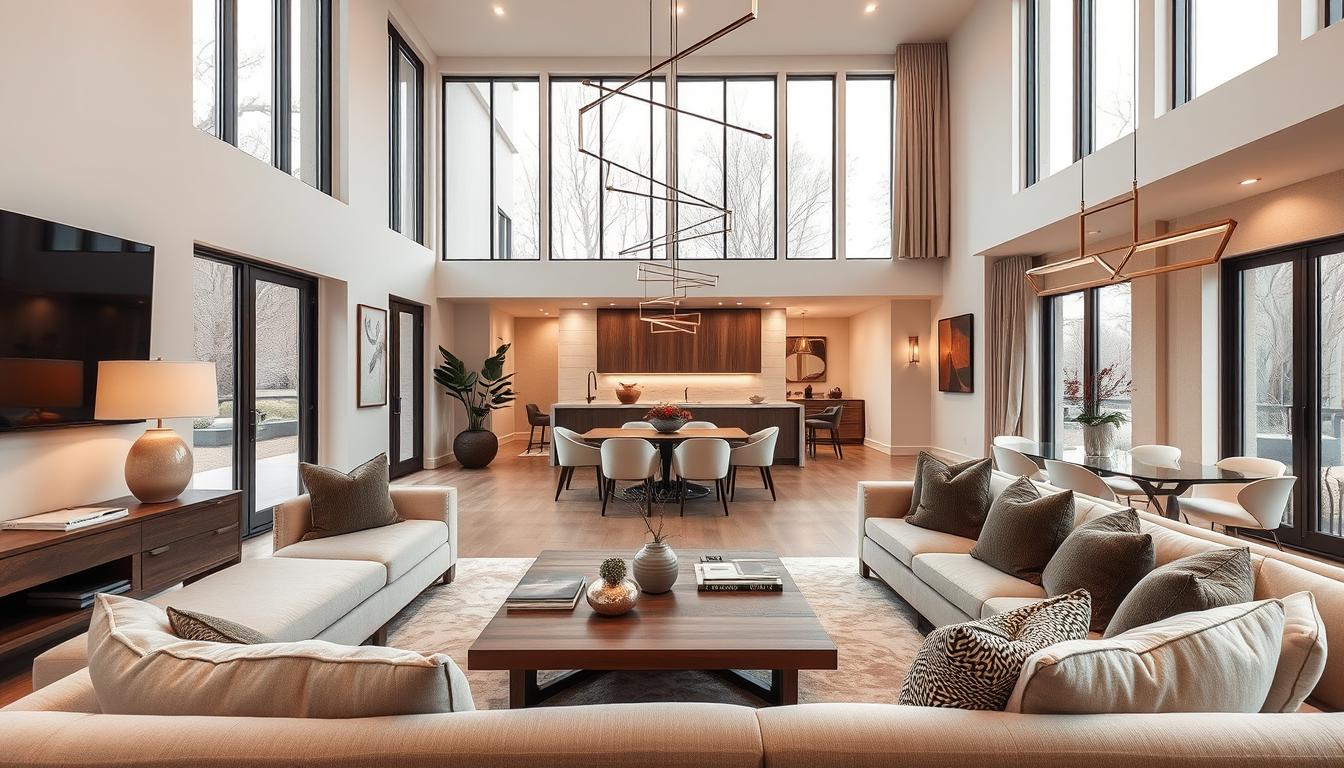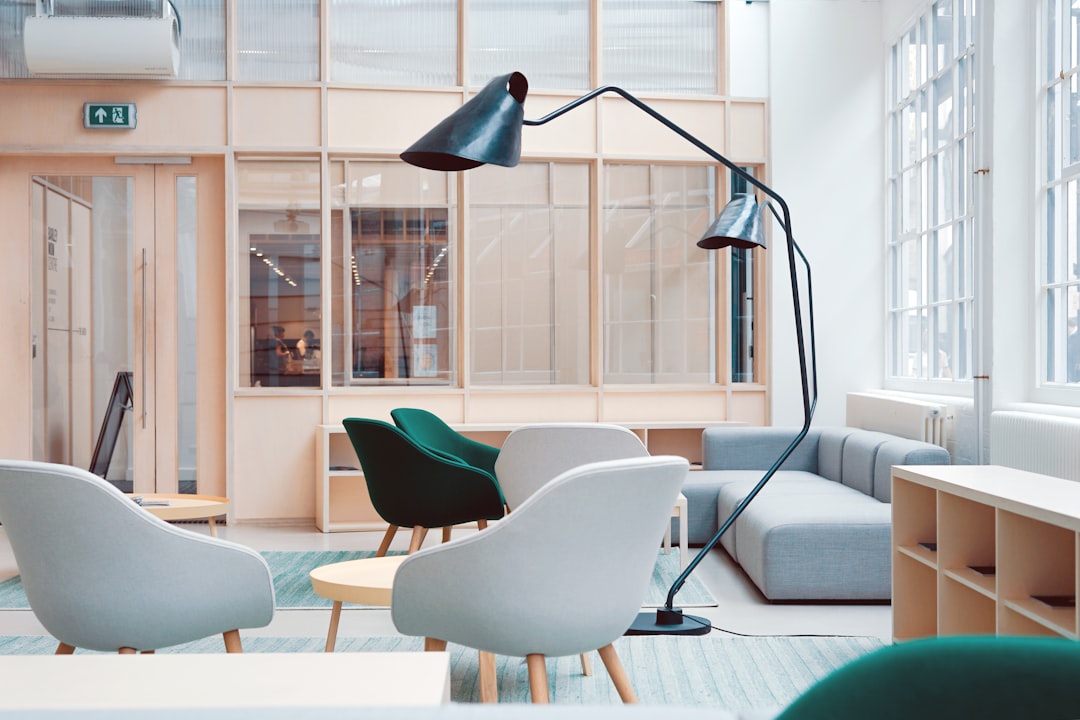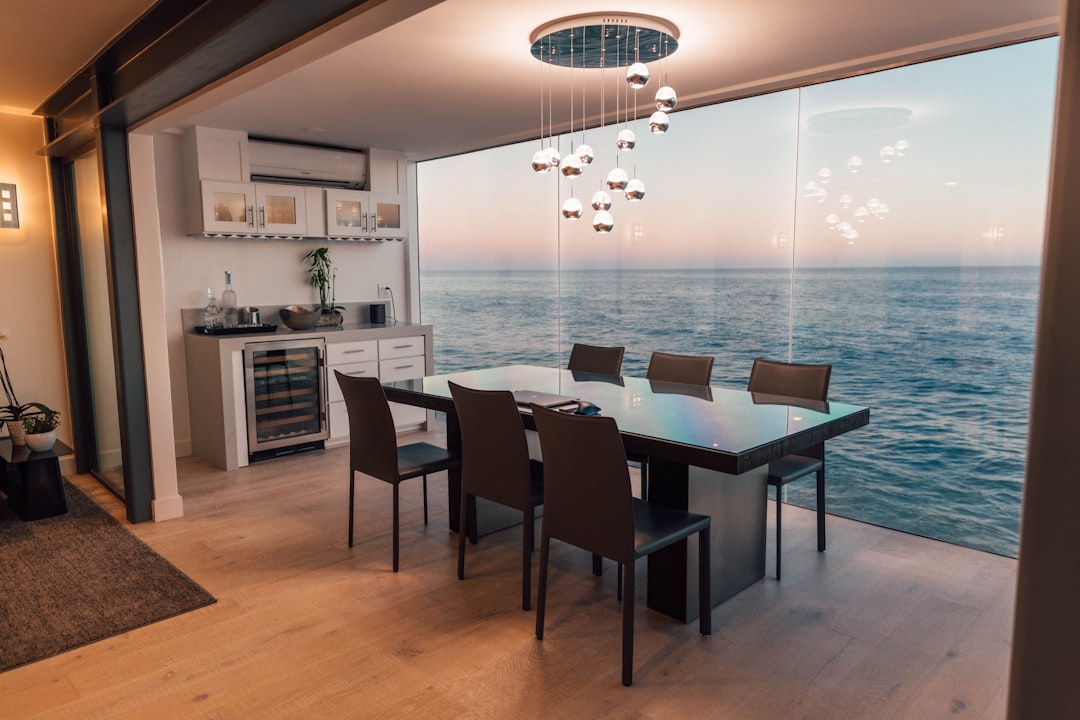Did you know the right interior design style can change your living space and improve your mood? With so many styles out there, picking the perfect one can feel hard. Exploring interior design, we see many styles, each with its own charm and features.
We’ll dive into each style’s details, looking at what makes them special and what’s popular. Knowing the different styles helps us make better choices for our homes. For a full guide, check out our resource on popular interior design styles.
Key Takeaways
- Understand the unique characteristics of top interior design styles.
- Learn how to incorporate different styles into your home.
- Discover how to combine styles to create a unique look.
- Explore the defining features and popular elements of each style.
- Make informed decisions when designing your living space.
Understanding Interior Design Styles
Interior design styles are more than just trends. They shape the character of our homes. The style we pick greatly affects our home’s feel and use.
What We Mean by Interior Design Styles
Interior design styles are unique ways to decorate and design spaces. They include specific furniture, colors, textures, and decor. Understanding these styles helps us design our homes wisely.
Styles range from modern interior design to traditional interior design. Modern design is about clean lines and function. Traditional design, on the other hand, features classic pieces and rich colors.
Importance of Choosing the Right Style
Choosing the right style is key because it shows who we are and meets our needs. The right style makes our space more comfortable and fun. It also unifies our home’s elements.
When picking a style, think about your lifestyle, what you like, and your home’s architecture. For example, a busy family might need a durable style. A book lover might prefer a cozy, traditional space.
In the end, picking the right style lets us create a space that’s beautiful, functional, and meaningful to us.
Modern Interior Design
Modern interior design stands out for its use of new materials and open spaces. It’s loved for its simplicity, usefulness, and clean look.
Characteristics of Modern Design
Modern design is known for clean lines and little decoration. It uses simple shapes and focuses on what works, not just looks. It often sticks to a neutral color scheme for a sleek feel.
Modern homes have open layouts to make spaces flow well. This is done by using fewer walls, blending areas smoothly.
Popular Color Palettes
Modern design often uses a mix of neutral colors like whites, blacks, and grays. These colors let bold colors pop, adding excitement to rooms.
- Neutral tones (whites, blacks, grays)
- Bold accent colors (reds, blues, yellows)
- Earth tones (browns, tans, taupes)
Key Materials in Modern Design
Innovative materials are key in modern design. Glass, steel, and concrete are used for their sleek, modern look.
Some top materials in modern design are:
- Glass: Its transparency and light reflection make it great.
- Steel: Adds an industrial vibe, perfect for furniture and decor.
- Concrete: Brings a raw, textured feel to spaces.
Exploring modern interior design, we see it’s similar to contemporary and minimalist styles. Yet, modern design is unique. It blends history with the latest materials and tech.
Traditional Interior Design
Traditional interior design is rooted in heritage and culture. It offers a warm, inviting look that has lasted for ages. This style uses rich colors and detailed designs to make any home cozy and elegant.
Features of Traditional Style
Traditional interior design focuses on comfort and style. It includes intricate patterns, luxurious fabrics, and detailed woodwork. These elements make a room feel warm and welcoming.
This style also values symmetry and balance. It creates a sense of order and harmony in the home.
The color scheme in traditional design is rich and muted. Shades of beige, cream, and warm neutrals are common. These colors add depth and warmth, making a room versatile for various decorations.
Furniture and Decor Essential to Tradition
Furniture in traditional design has classic lines and detailed carvings. Items like plush armchairs, wooden dining tables, and carved cabinets are key. Decorative pieces like vintage rugs, crystal chandeliers, and antique accessories add elegance.
Traditional interior design can also blend with other styles, like rustic interior design. Adding rustic elements, such as reclaimed wood, can bring a cozy feel. Mixing in eclectic interior design elements can make the space more interesting and personal.
Understanding traditional design and how to mix it with other styles helps homeowners create a unique space. This space is both timeless and uniquely their own.
Contemporary Interior Design
Contemporary interior design shows off today’s home decor trends. It’s always changing, blending different elements for a fresh look.
Differences Between Modern and Contemporary
Modern and contemporary design are often mixed up, but they’re not the same. Modern design started in the early 20th century. It’s known for simple lines, few decorations, and focusing on function.
Contemporary design, though, is more flexible. It’s about today’s trends, which can be many styles and influences.
Key differences between modern and contemporary design include:
- Modern design looks back to the early to mid-20th century. Contemporary design looks to the present and future.
- Modern design sticks to a certain look. Contemporary design is open to many styles.
Current Trends in Contemporary Design
Contemporary interior design keeps up with today’s trends. Some current trends include:
- Using sustainable and eco-friendly materials.
- Adding bold colors and eye-catching pieces.
- Bringing in technology, like smart home devices.
- Mixing styles, like combining contemporary with bohemian interior design elements.
Knowing these trends helps us see the special qualities of contemporary design. It shows how we can make a space truly our own.
Industrial Interior Design
Industrial design is more than a style; it’s a way to see beauty in unfinished spaces. It comes from old warehouses and factories. It mixes toughness with elegance.
Raw Charm and Exposed Features
Industrial interior design loves raw, unfinished things. You’ll see exposed brick, concrete floors, and metal beams. These add texture and tell a story of the space’s past.
It also uses reclaimed wood and metal for furniture and decor. This makes the space unique and tells its own story. It’s also good for the planet.
Key Elements in Industrial Design
To get the industrial interior design look, focus on a few things. The colors are usually gray, beige, and brown. These earthy tones highlight the raw materials and exposed features.
Lighting is key too. Big metal pendant lights or exposed bulbs add to the raw feel. Furniture, often made from metal or reclaimed wood, also plays a big role.
- Exposed ductwork and pipes
- Reclaimed wood furniture
- Metal accents and lighting
- Neutral color palette
Mixing industrial interior design with other styles, like modern interior design or eclectic interior design, makes a space unique. For example, combining industrial with modern furniture creates a striking contrast. Adding eclectic decor brings personality to an industrial space.
In short, industrial interior design celebrates the beauty of the raw and unfinished. By understanding its unique qualities, homeowners can create a stylish and character-filled space.
Rustic Interior Design
Rustic interior design brings the outdoors in, making spaces cozy. It uses natural materials to create a warm, inviting feel.
Embracing Nature with Rustic Design
Rustic design loves natural beauty. It celebrates the unique qualities of materials like wood and stone. This makes spaces feel warm and cozy.
To bring nature inside, use lots of natural light. Big windows and mirrors can make a room brighter. This helps the space feel more open and welcoming.
Common Materials Used in Rustic Styles
Rustic design often uses wood, stone, and brick. These materials add character to a space. They can be used for both structure and decoration.
Reclaimed wood is a big hit in rustic design. It adds history and charm. Vintage metalware and natural textiles also add to the rustic look.
| Material | Characteristics | Uses in Rustic Design |
|---|---|---|
| Wood | Natural texture, can be distressed or reclaimed | Furniture, flooring, beams |
| Stone | Durable, varied textures and colors | Fireplaces, walls, flooring |
| Brick | Classic, rustic appearance, durable | Walls, fireplaces, outdoor features |
Rustic design combines natural materials and earthy tones. It creates a warm, inviting space. Whether you want a cozy cabin or rustic touches in your city home, this style adds comfort and relaxation.
Minimalist Interior Design
Minimalism is all about ‘less is more.’ It makes spaces calm and stylish. It focuses on simplicity, function, and few colors, leading to a tidy home.
Core Principles of Minimalism
Minimalist design is simple and gets rid of what’s not needed. It’s known for:
- Using just a few colors like white, black, and gray.
- Having clean lines and little decoration for a calm feel.
- Choosing furniture and decor that has a purpose.
This approach makes spaces feel open and peaceful, making them seem bigger and more relaxing.
How to Achieve a Minimalist Look
Getting a minimalist look is more than just cleaning up. It’s about making a space thoughtful and intentional. Here’s how to begin:
- Start by getting rid of things you don’t need or use.
- Choose furniture that is simple and serves a purpose.
- Stick to a few colors to keep the space calm and unified.
By mixing minimalist design with modern and contemporary styles, you can make a space that looks good and works well. Adding modern materials and design can make the minimalist look even better, creating a stylish and useful home.
The secret to a great minimalist design is finding a balance between simple and useful. This way, your space will feel calm and welcoming.
Bohemian Interior Design
Bohemian interior design celebrates making a space unique to the person who lives there. It blends different cultures, textures, and colors. This creates a lively and rich look.

This design style is more than looks; it’s a way of life. It values freedom and self-expression. It’s about combining various elements to tell a story through your space.
The Art of Layering in Bohemian Style
Layering is key in Bohemian design. It mixes textures, patterns, and colors for depth and interest. Think of layering rugs, throws, and pillows in different textures and patterns.
To layer well, start with a neutral base. Then, add layers of color, texture, and pattern. For example, a vintage rug over a natural fiber rug adds warmth. Layering different patterns and textures through throws and pillows adds visual interest.
Colors and Textiles in Bohemian Decor
Bohemian decor is bold and vibrant. It uses earthy tones, rich jewel tones, and soft pastels. The goal is to mix colors in a way that’s both eclectic and harmonious.
Textiles are crucial in Bohemian decor. They add color, texture, and pattern. Think of rugs with intricate patterns and embroidered fabrics. Mixing different textures, like velvet, linen, and cotton, adds depth and interest.
By embracing Bohemian design’s eclectic nature, you can create a space that’s truly yours. It combines elements of eclectic and rustic styles, making it unique and personal.
Scandinavian Interior Design
Scandinavian design is known for blending function with a minimalist interior design style.
This style comes from Norway, Sweden, and Denmark. It focuses on simplicity, comfort, and coziness. It’s a favorite among many types of interior design styles.
Key Features of Scandinavian Aesthetics
At the core of Scandinavian design is “hygge” (coziness). It uses soft textures, warm lighting, and neutral colors.
Key elements include:
- Light-colored woods and natural materials
- Minimal decor with a focus on functionality
- Soft, muted color schemes
- Cozy textiles such as wool and linen
These elements create a warm, inviting atmosphere typical of Scandinavian homes.
Popular Scandinavian Furniture Pieces
Scandinavian furniture is simple, functional, and clean-lined. It fits well with modern interior design principles.
Some iconic pieces include:
- The Wishbone Chair by Hans Wegner
- The Egg Chair by Arne Jacobsen
- The PH Lamp by Poul Henningsen
These pieces show the aesthetic and functional sides of Scandinavian design.
By using these elements and furniture, homeowners can get a Scandinavian look. It’s stylish and cozy, capturing the essence of this type of interior design style.
Eclectic Interior Design
Eclectic interior design is all about celebrating individuality. It’s about creating a space that tells your story. It shows off your travels, experiences, and tastes.
This style is great for those who love to be different. It’s for people who enjoy mixing different aesthetics.
Mixing Styles for a Unique Look
Mixing styles is key in eclectic interior design. It’s about combining different elements to make a space that’s uniquely yours. You might mix the raw feel of industrial interior design with the colorful vibe of bohemian interior design.
Here are some tips for mixing styles:
- Start with a neutral base to ground your space.
- Choose statement pieces that reflect your personality.
- Don’t be afraid to experiment with different textures and colors.
Tips for Achieving an Eclectic Design
To achieve an eclectic design, you need to be thoughtful. Here are some tips to help you:
- Start with a unifying element, like a color scheme or texture, to tie your space together.
- Balance bold pieces with more subdued elements to avoid overwhelming the senses.
- Experiment with different styles and periods, but make sure there’s a thread that connects them.
| Design Style | Key Features | Common Elements |
|---|---|---|
| Eclectic | Mix of different styles, unique, personalized | Varied textures, bold colors, statement pieces |
| Bohemian | Vibrant, layered, global influences | Colorful textiles, natural materials, eclectic decor |
| Industrial | Raw, edgy, utilitarian | Exposed brick, metal accents, reclaimed wood |
Farmhouse Interior Design
The charm of farmhouse interior design comes from mixing rustic elements with modern comforts. It’s a style that’s warm and welcoming. This makes it perfect for those who want a cozy and inviting home.
Farmhouse design can be modern or traditional. Knowing the difference helps you create a space that shows your personal taste.
Modern vs. Traditional Farmhouse Style
Traditional farmhouse style uses vintage decor and antique furniture. It often has exposed beams, brick walls, and wooden floors. This creates a warm and authentic feel.
Modern farmhouse style mixes traditional farmhouse charm with modern touches. It includes sleek lines, minimalist decor, and contemporary materials. This style is great for those who want a cozy farmhouse feel with modern comforts.
Essential Decor for Farmhouse Interiors
Decorating a farmhouse-style home needs certain elements. These include:
- Natural materials like wood, stone, and brick
- Vintage decor and antique furniture
- Cozy textiles like throw blankets and plush rugs
- Classic lighting fixtures, like metal pendant lights
To add to the farmhouse look, you can use rustic interior design elements. This includes reclaimed wood and earthy tones. Mixing these with traditional interior design principles makes your space unique and inviting.
Understanding farmhouse interior design and mixing styles can make your home beautiful and functional.
Selecting the Right Style for Your Space
Choosing the right interior design style for our home can be tough. There are many styles to pick from, like modern and traditional, and even eclectic. It’s key to think about what we like, how we live, and our home’s architecture when making a choice.
Key Considerations
Our personal taste, lifestyle, and home’s architecture are crucial. They help us pick a style that fits us well. We can also mix styles, like modern furniture with traditional decor, for a unique look.
Blending Styles
To blend styles, find common elements like colors or textures. This way, we can make a space that looks good and feels right. For more ideas, check out Cozy Nest Plans. They offer lots of design options to match our style.



